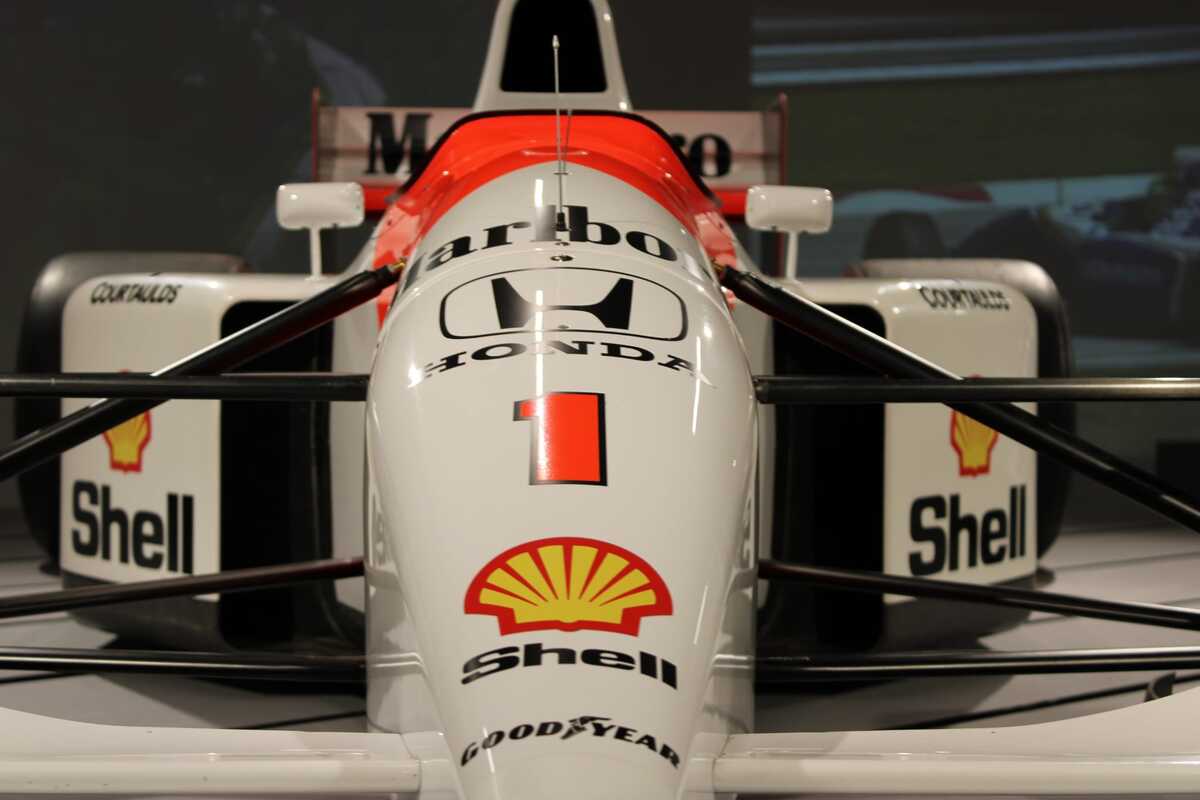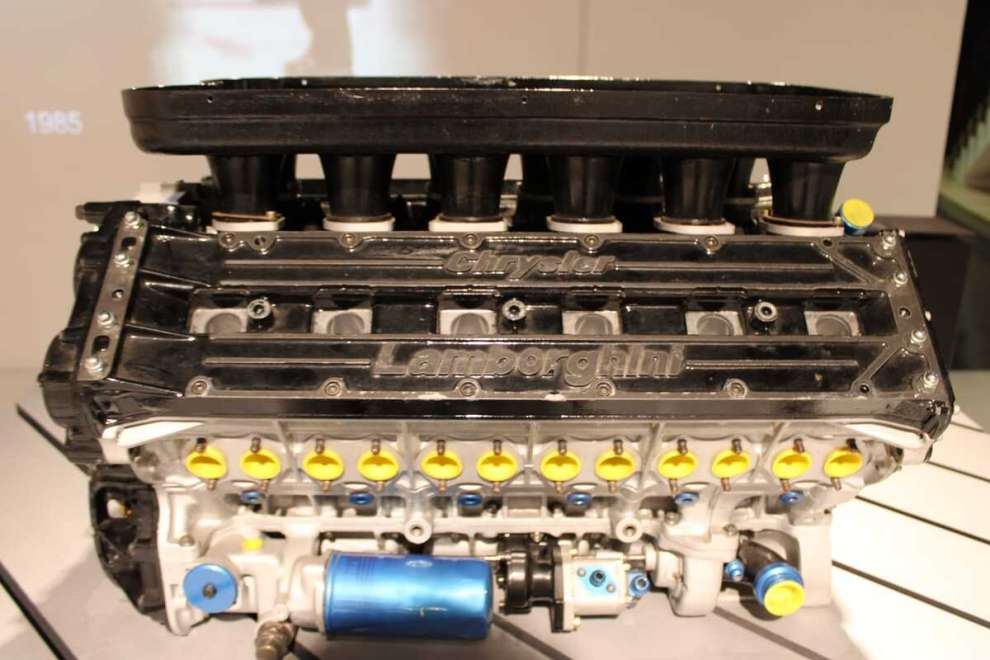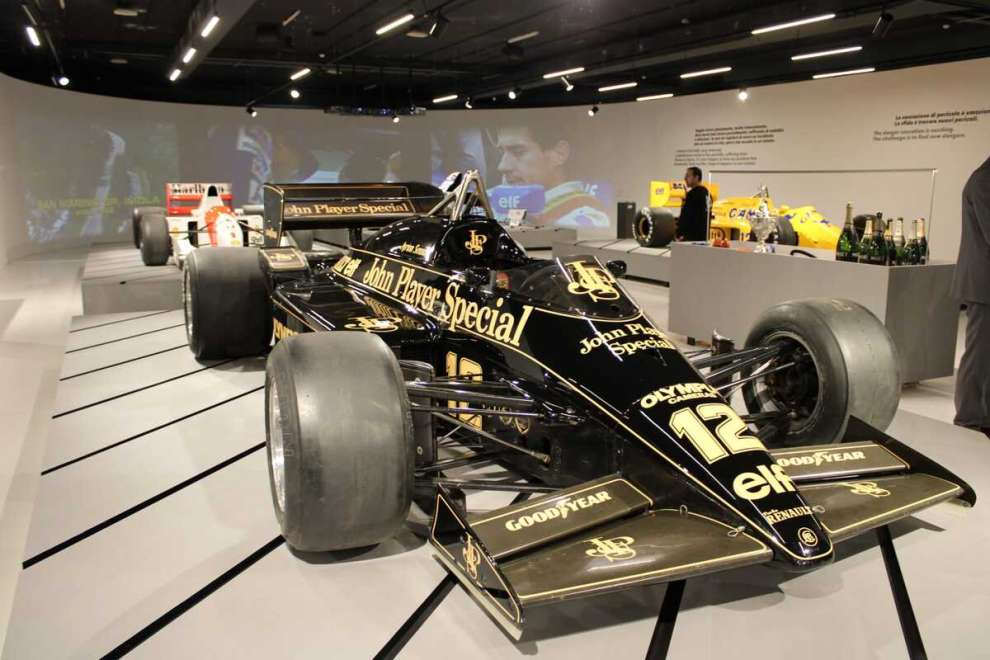
















HOW SENNA AND McLAREN FOREVER CHANGED EACH OTHER
McLaren and Senna are indelibly linked: Three decades on from his death, we explore why

Ayrton Senna drove for four teams during his illustrious Formula 1 career but is intrinsically linked with McLaren. Yet, his relationship with our team started in the most unusual manner: rejection.
Then-McLaren Team Principal Ron Dennis had offered to underwrite his British Formula 3 season in 1983, a proposal that most up-and-coming drivers would have leapt at. But the Brazilian had decimated the Formula Ford 1600 and 2000 junior formulae in the preceding two years and was determined to put himself in a position to make his own decisions.
That the pair would go on to forever change one another, forging one of F1’s greatest legacies, at this stage, seemed a long way off.
Having turned down support from McLaren – and also Williams – Senna went on to make his name at midfield outfit, Toleman, enjoying his breakthrough in the Monaco Grand Prix in 1984, nearly toppling established McLaren star – and future rival – Alain Prost in the rain, before eventually joining McLaren in 1988 via victories with Team Lotus.
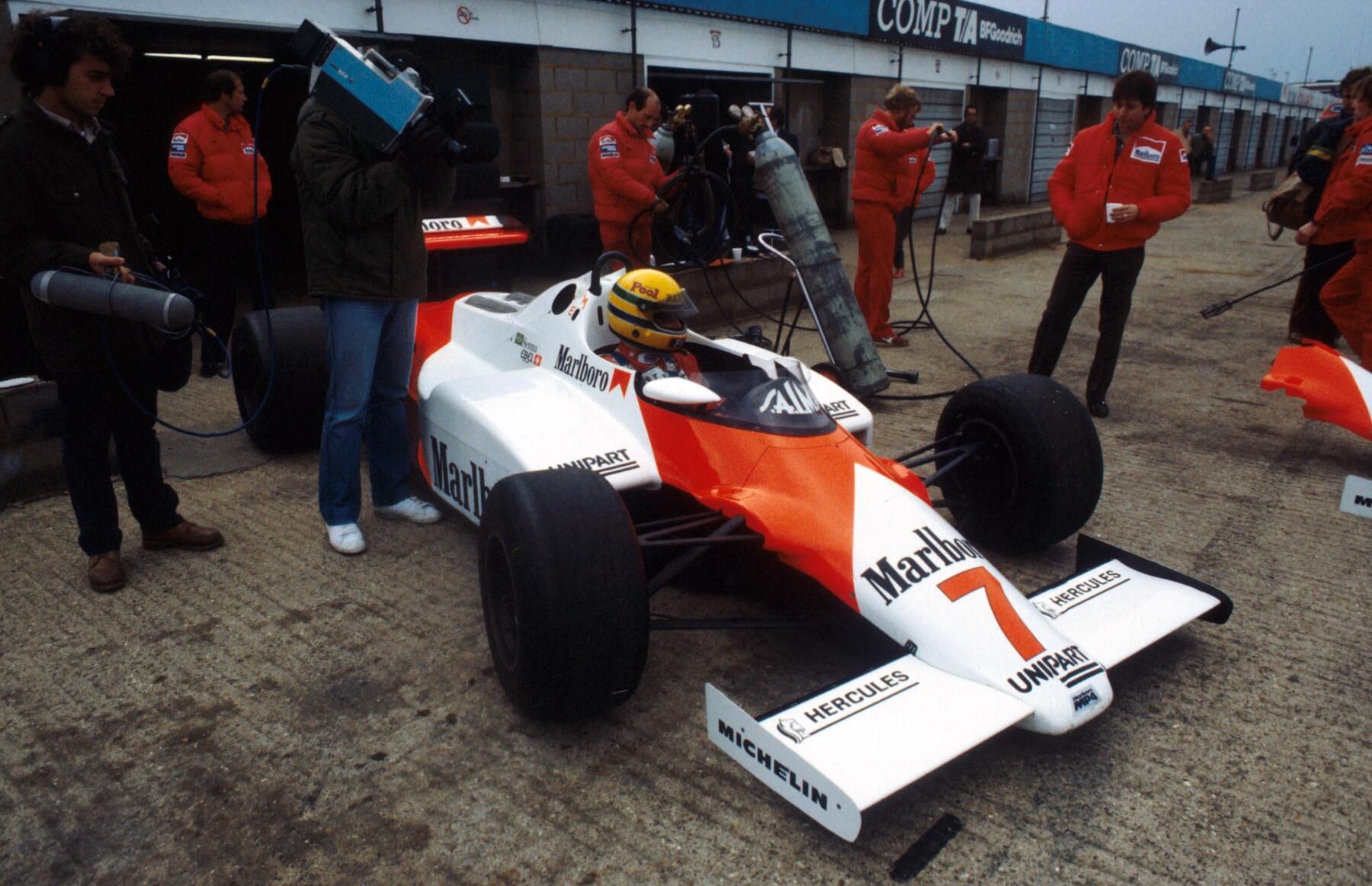
Together, Senna and McLaren would lift each other to new heights, combining to become the biggest stars on the global stage, as he set about his ambition to become the sport’s greatest with fearsome determination. Senna’s logic – as so often proved to be the case – was impeccable. Prost and McLaren were the best, so if he went into Prost’s domain and beat him, there was only one conclusion the world could draw about his driving ability…
His fight with Prost electrified the world, not least because of the drama it produced on and off track, but also their contrasting styles and personalities. Inevitably and infamously, they clashed on multiple occasions, forming arguably F1’s fiercest rivalry.
By this stage of his career, the more experienced Prost appreciated that you didn’t have to be the fastest on every lap, in every session, or every race. Even if Senna did understand that during those early days, he certainly didn’t adhere to the rule – if he was in the car, he was there to be the fastest and to find the limit of what was physically possible. He drove that way not because he felt he needed to, but because he loved to, and he was adored because of it. To the delight of fans, Senna’s mentality would never change.
He was the yardstick by which others were not only judged, but by which they judged themselves. More often than not, he had a race won before it had started. To many, finishing second to him was as good as winning.
Senna drove as if a computer had programmed him to find the quickest route around the circuit, yet you could feel the immense passion inside him radiate through his helmet. He was intensely human – so much came from the heart.
To succumb to the belief that Senna became one of the all-time greats simply because he gained access to the best cars would be folly, akin to suggesting that Van Gogh only painted his greatest works once he had gained access to a brush with more bristles. Memories of Senna’s greatest days inevitably define McLaren as the team that brought out his true greatness. He was an outstanding driver in every sense of the word, but in McLaren, he found a team where his talents and personality were tested and valued, and could, therefore, shine.
Had he not had Prost to go up against in equal machinery during the early stages of his career, he may never have reached the heights he did. And had he not had Gerhard Berger to soften him during the later years, he may have burned out. Dennis is adamant that laughing with him was impossible before Gerhard Berger joined as his team-mate in 1990. “Gerhard gave us the perfect weapon to deal with Ayrton, which was humour,” Ron says.
Meanwhile, his drive, determination, personality, and mentality on and off the track shaped a McLaren team that had already won five World Championships by the time Senna arrived in 1988. “I liked his principles,” Ron Dennis says of Senna. “He demonstrated what he was prepared to do to achieve his objectives, and he raised my game. It played to my strengths.”
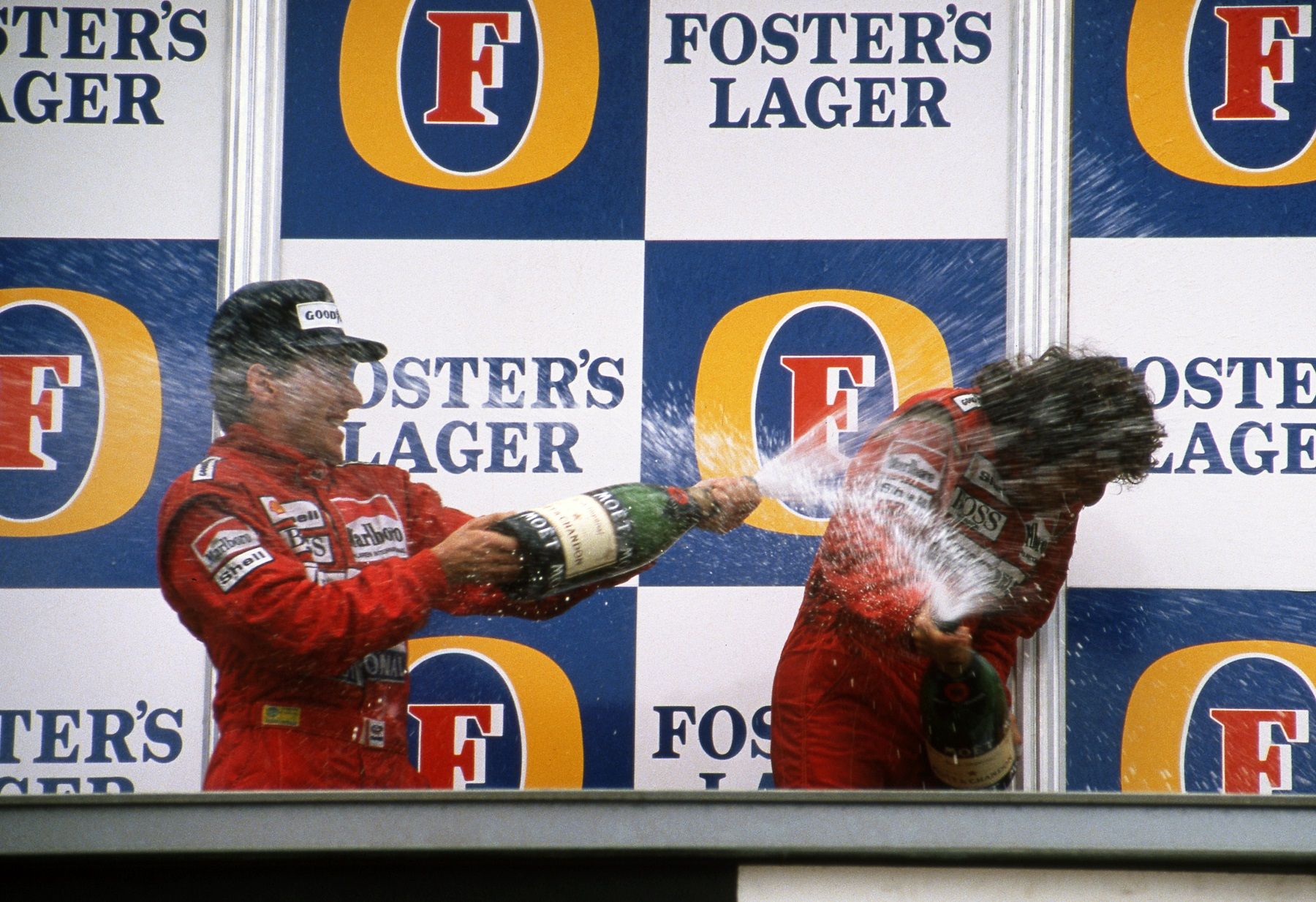
But it wasn’t just his successes that McLaren revered. As with founder Bruce, team members would have followed him over a cliff because he so clearly gave them everything that he had. When Team Manager Jo Ramirez emotionally begged him to win his final race for them, in Australia in 1993, Senna did precisely that, putting McLaren ahead of Ferrari in the overall wins table. Designers Steve Nichols and Neil Oatley still regard their Senna days as those in which they learned to give their absolute best. He brought this out of them like no one else could.
A differentiator between great and good racing drivers is that they realise the importance of a team. Senna was the master at understanding the need to work together and form relationships with the people around him. For him, no driver was bigger than the team.
His engineering debriefs went on endlessly as he investigated even the tiniest potential means of going faster. Never once did the team doubt his ability to do just that. His mechanics would think nothing of getting out of bed in the middle of the night if he thought changing the engine, or a gear ratio, might enable him to find another quarter of a second. Through his achievements, intensity, and commitment, he encouraged every member of the team to deliver their best.
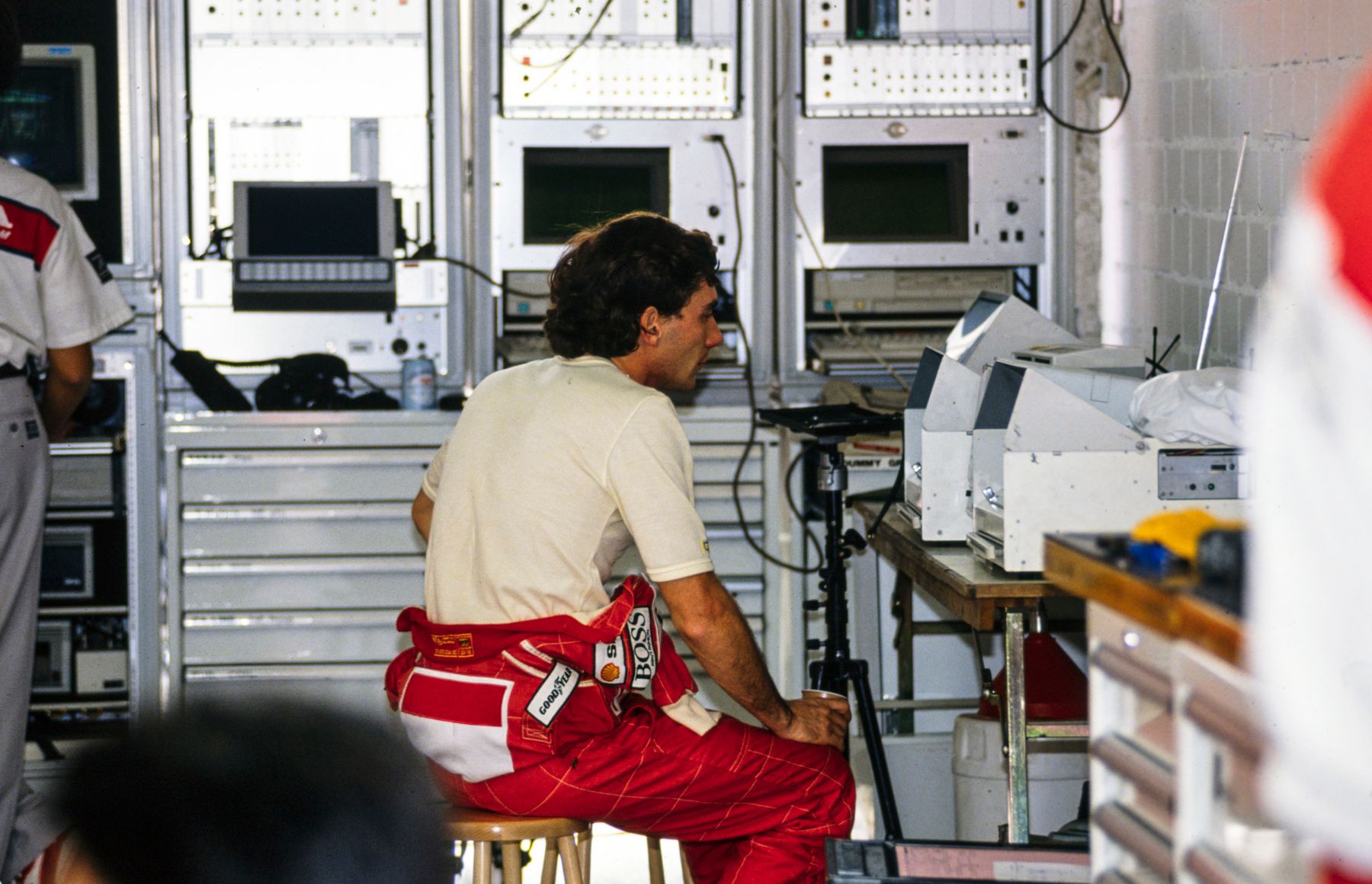
All those hard-won lessons have stood the test of time and shaped our team today. His work ethic has been passed down through generations, and many of those who have joined us since, joined because he inspired them.
Thirty years on, if you were to walk through our garage at the track or any of our racing factories today, you would see and feel those same characteristics of technical cunning, teamwork and enterprise that took us to the top under Senna.
And outside the walls of McLaren, you’ll find few, if any, drivers – including those born decades later – who don’t name Senna among their greatest influences. Lewis Hamilton, a fellow McLaren World Championship winner, regards his idol Senna as the greatest, and such reverence maintains the currency of the name. But Hamilton is far from alone in his thinking.
All remember Senna best for his time in McLaren’s red and white colour scheme. Even in an age where a driver’s personality is readily accessible, with the invention of social media and Drive to Survive, Senna still often stands above the rest, despite fans not knowing nearly as much about his life away from the track as today’s grid.
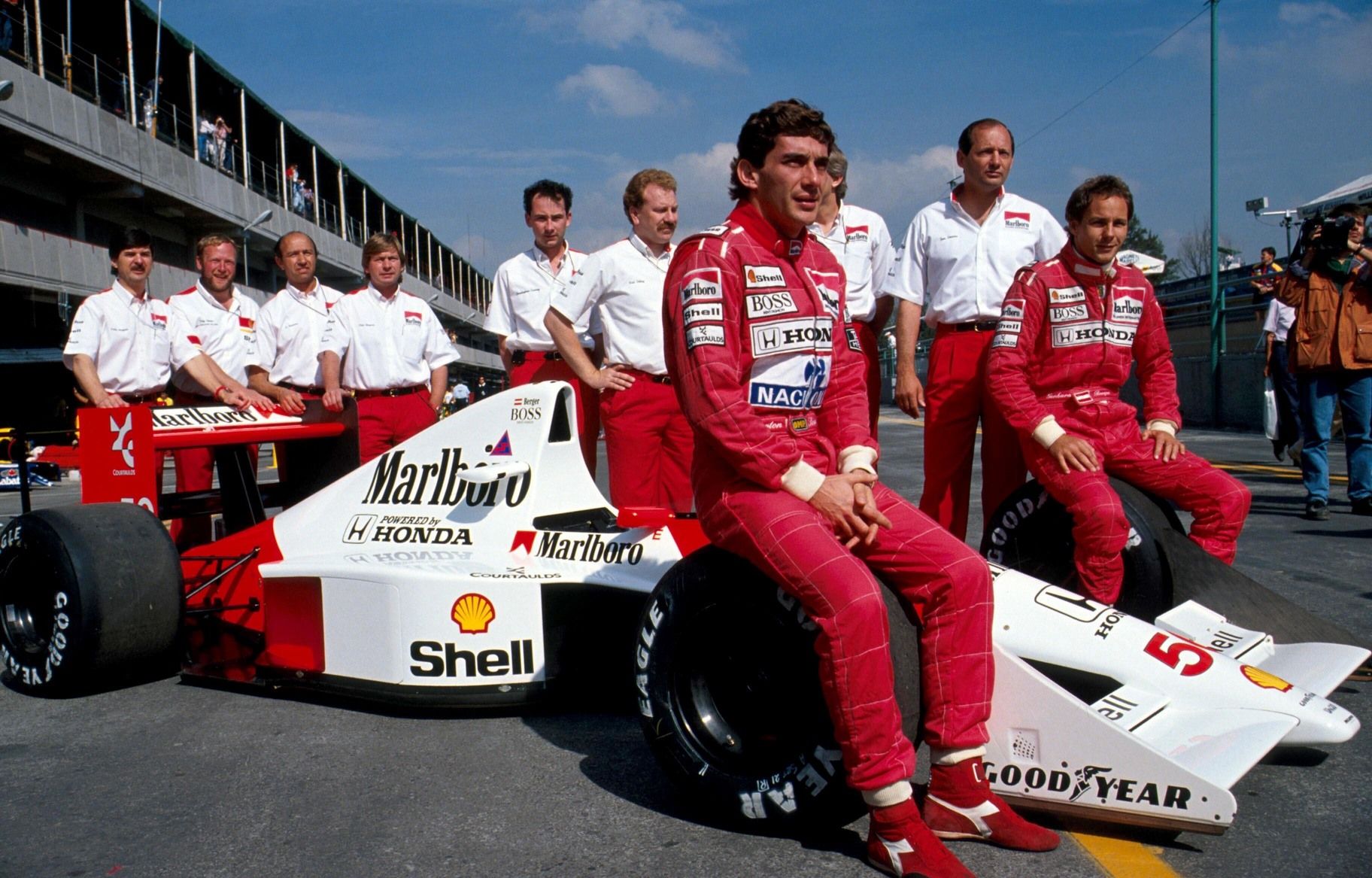
Inevitably, as with the likes of Elvis Presley, James Dean, Marilyn Monroe, and Amy Winehouse, his early death at Imola on 1 May, 1994, at just 34, canonised Senna and added to the legend that has built around him. And yet, those fortunate enough to have witnessed him race would agree that he had achieved legendary status while still walking among us. He was doubtlessly talented and beautifully charismatic.
To relive Senna’s story is to feel that everything happened exactly as it was supposed to – right up until it didn’t. From his initial rejection of McLaren and honing of his skills with Toleman, to his storied triumphs in our iconic red and white livery.
From his impact on McLaren and today’s new generation of drivers, to his country’s patriotism and love of Formula 1, and of course, through the Senna Foundation, which affords underprivileged children access to greater educational opportunities, Senna’s legacy as one of – if not the – Formula 1’s greatest ever drivers lives on in many forms.








Dott. Alessio Brancaccio, tecnico ambientale Università degli Studi di L’Aquila, membro della Fondazione Michele Scarponi Onlus, ideologo e membro del movimento ambientalista Ultima Generazione A22 Network per contrastare il Riscaldamento Globale indotto artificialmente dalla Geoingegneria Solare SRM

